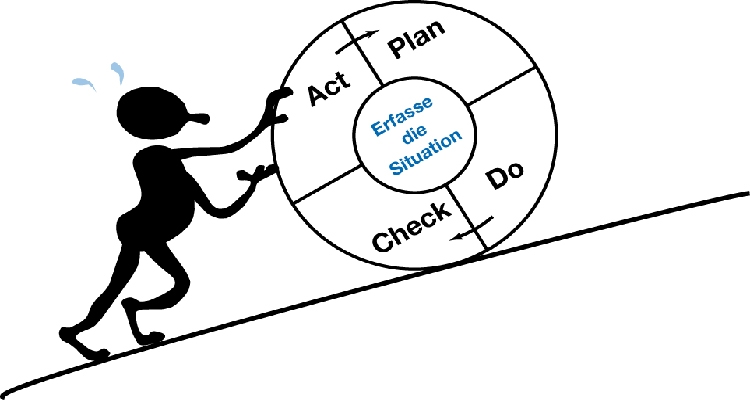- SDG 14 is ‘Life Below Water :Plastic pollution. Increasing levels of debris in the world’s oceans are having a major environmental and economic impact. Marine debris impacts biodiversity through entanglement or ingestion
- SDG 14 is ‘Life Below Water :Coastal waters are deteriorating due to pollution and eutrophication. Without concerted efforts, coastal eutrophication is expected to increase in 20 percent of large marine ecosystems by 2050.
- SDG 14 is Life Below Water :Ocean acidification has increased significantly in recent decades. Open Ocean sites show current levels of acidity have increased by 26 per cent since the start of the Industrial Revolution.
- SDG 14 is Life Below Water :Oceans absorb about 30 per cent of carbon dioxide produced by humans, buffering the impacts of global warming.
- SDG 14 is Life Below Water :Oceans provide key natural resources including food, medicines, biofuels and other products. They help with the breakdown and removal of waste and pollution, and their coastal ecosystems act as buf
Kaizen

From time to time we set multiple and well formulated goals and tasks for ourselves, but very often, we fail to achieve them to an extent that would satisfy our initial desire. All you do is convince yourself that you aren't ready yet. You also promise yourself that you will do it the next day, then the next week, then the next month or even next year. Why do we give up so easily? the question has just one simple answer, we try to achieve our goals too much and too fast. We get sick of the new responsibility and find it tough to adjust to the change that we would have to bring about. As a result, we get tired and bored very quickly.
So, how do we stop the heavy amount of procrastination that we make and ourselves undergo? Here's a simple technique which takes less than a minute and the results have been quite impressive. This is a technique called Kaizen- The one minute principle. For instance, in Japan it is often used to improve and optimize management techniques. Kai basically stands for "change" and Zen means "Wisdom". It means you shouldn't change your life spontaneously, rather you should we slow and wise. The new habit should occur as a result of your reflections and life experience. The inventor of this technique Masaaki Imai believes that this philosophy can be as successfully applied to the world of business as one's personal life.
How does this method work? In the beginning of this method, you have to practice something for a single minute everyday at the same time without any failure. This looks easy and plainly non-problematic, doesn't it? . We usually find reasons not to do something when we are faced with carrying out the task for 30 minutes or an hour a day.However you should be comfortable enough to do it for at least sixty seconds without any misgivings.
Why does the method work? At first sight, this method may look doubtful and ineffective for people who have grown in western culture that undertakes the idea that you can only grow in goals by taking enormous effort and completing the task with utmost dedication. This may go completely wrong, because using up large amount f energy can end up being extremely exhaustive. Whether its undergoing push-ups or learning a foreign language, the task is not unreachable. Overtime, it will become an activity that brings you joy and satisfaction.The one minute principle lets you see the progress you are making and its definitely a critical part of forming new habits.
All you have to do is understand what is it that you want and start doing it just for a minute every single day. Do share this technique with everyone you know so that it benefits them to the fullest.
Grace Serraon
